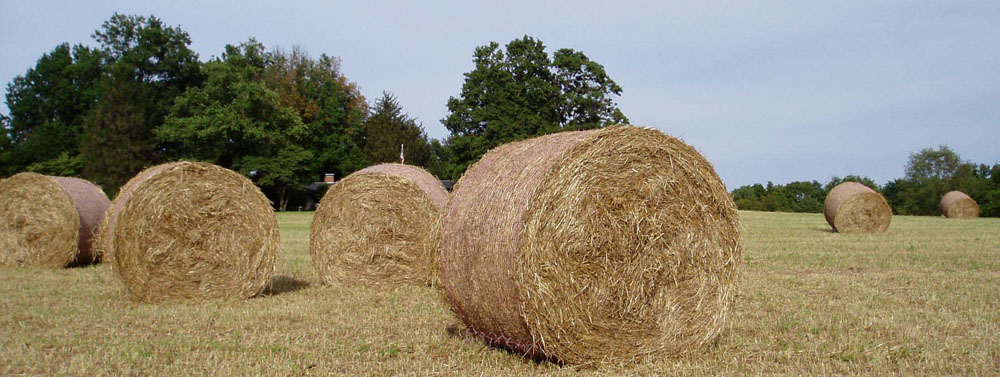Long-Run Illinois Land Values – What the Function?
Ok. This is certainly overkill, but I can’t stop sharing.
There was a lot of interest in the last post, Midwest Land Prices Only Increase in the LONG View. But it gets EVEN cooler.
Two of the lines in this post’s chart are the same as in the earlier post. The series with black circles is the actual USDA, average land in farm values for the state of Illinois from 1947 to 2024.
The upper exponential trend line, Exponential Growth, is the same line provided in the earlier post for Illinois land in farm values.
Nerd Alert #1 – When the natural log (=LN(land value)) is taken of each land value, a simple linear regression of the natural log values produces a linear slope/intercept value. So the upwardly curving line becomes a straight upwardly sloping straight line. Magic, right?
Nerd Alert #2 – More common in discerning a compounding value in business and economics is to rely on the ‘time value of money’ relationship. This is the addition of 1 to the compounding rate (proxy for interest) which is taken to the power of the time interval.
Compounding value = initial land value x (1 + interest rate)^time
When the exponent value in the equation for the exponential trendline is inserted into the time value equation, the lower trendline in today’s post is created.
The Magic of Functional Forms – Economists rely on known relationships – or functional forms – to identify new information. Here, the exponential form is used to derive the annual increase in land values. It is effectively the slope for the linear version of the exponential relationship.
The slope/rate of increase can be used in the second functional form, the Time Value of Money equation. In this functional form the interest rate/slope is added to the value in both the numerator and denominator, which reduced to the identity, 1. Or, 1 + rate. This new number is taken to the power of time, or in this case, years. And, Voilà! Bob’s your uncle. The resulting time value of money relationship is even closer to the most recent annual land values (actual data in the black circles).
Two weeks ago, I spent a few days with my ag economist colleagues from around the world, speaking ag economics at the annual meeting of the Agricultural and Applied Economics Association. In my day job, nearly every day for the rest of my career, I must translate the hidden magic I see in the news and market information through my ag economic thoughts, everyday, into plain English. Today, August 15, 2024 is the last day of my last academic contract with Greenville University. Sharing my analytical secrets and insights with my agribusiness students has been a privilege. But today I celebrate in this post my slide back into my invisible word of data analytics. I am grateful to have the vision to see beyond the obvious.
The good news for anyone still reading this is, that in my head, it is much worse. You are spared the deeper tangles. This is just as far as I thought I could go in my Biomass Rules blog. Thanks for your support!
Also, Go, GU agribusiness! You have a great thing going with excellent folks carrying on where I jumped off. Go team!



Comments
Long-Run Illinois Land Values – What the Function? — No Comments
HTML tags allowed in your comment: <a href="" title=""> <abbr title=""> <acronym title=""> <b> <blockquote cite=""> <cite> <code> <del datetime=""> <em> <i> <q cite=""> <s> <strike> <strong>